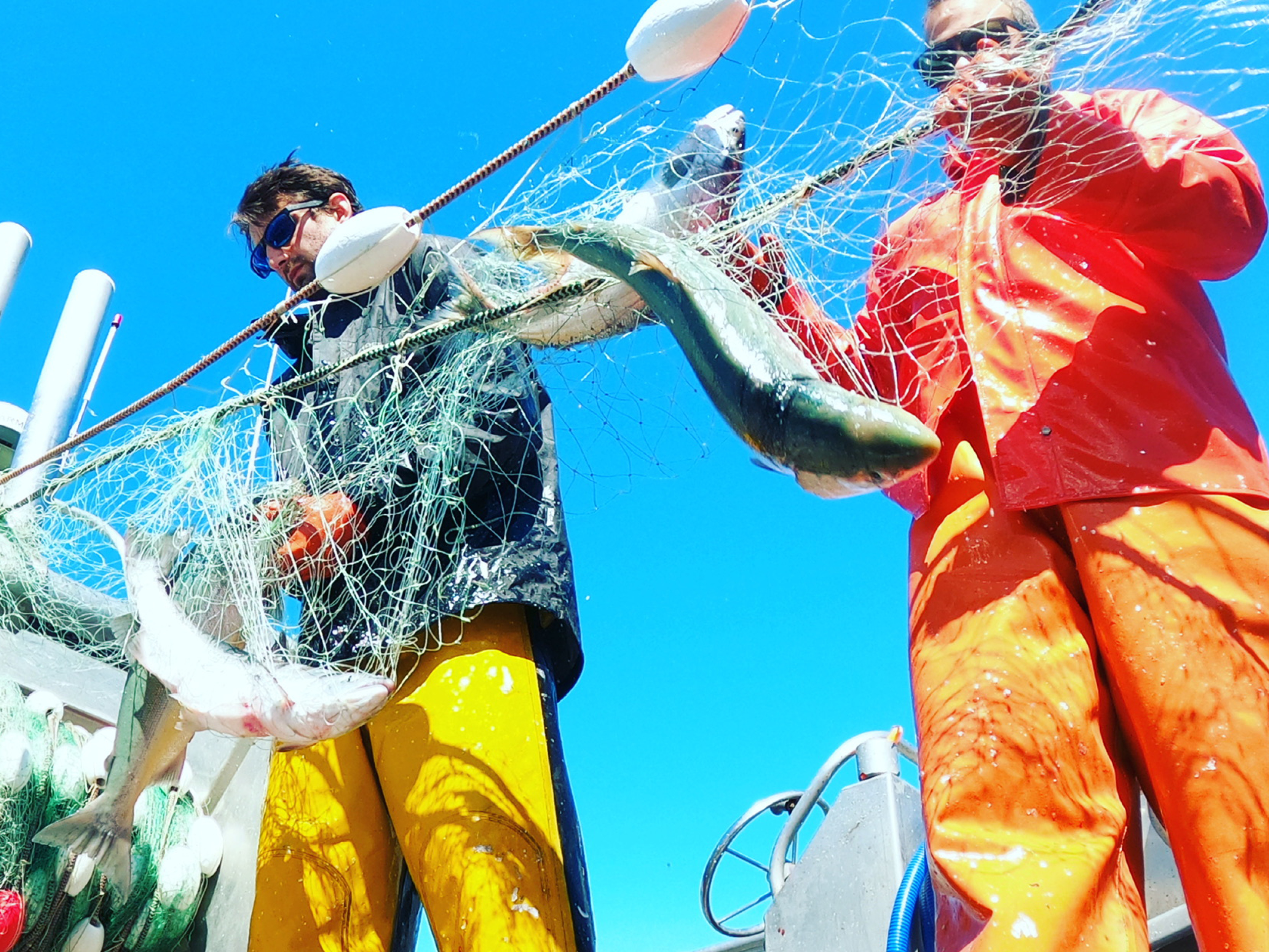With a record sockeye season in the books for Bristol Bay, the largest salmon fishery in the U.S. state of Alaska, industry players are now focusing on getting this year’s harvest to market.
Preliminary data from the Alaska Department of Fish and Game (ADFG) recorded a run of 79 million fish – 8 percent over the preseason forecast of 73.4 million fish. The fishery caught 60.1 million sockeye salmon, surpassing the previous record of 44.3 million sockeye set in 1995.
“I was pretty amazed this year that the fish came in such large numbers,” Andy Wink, executive director of the Bristol Bay Regional Seafood Development Association (BBRSDA), told SeafoodSource.
Even with the record number of fish caught, Wink said operations moved smoothly over the two-harvest period in what are the world’s most-abundant sockeye fishing grounds.
Wink said he wasn’t aware of any reports of fishermen being put on limit, which can occur when there are backups at processing plants.
“A lot of fishermen had a really good year with a harvest of this size,” he said.
According to the ADFG report, the season’s escapement goals were met or exceeded, with a total bay-wide escapement of 18.9 million sockeye returning to spawn upriver.
The report placed the value of the sockeye harvest at just over $351 million.
The harvest, which also includes substantially smaller catches of other species – including chinook, chum, coho, and pink salmon – was recorded as the most financially lucrative in the last 20 years.
Wink said efforts have now shifted to getting the fish to market, and a strong U.S. dollar will create challenges for sockeye exports, which he said are roughly one-third of the overall harvest.
“Now the focus is just to sell the fish,” he said. “We are working with processors and retailers to get this fish on sale.”
OBI Seafoods CEO Mark Palmer told SeafoodSource soaring inflation, coupled with the strong U.S. dollar, has created a “double hit” for the company’s foreign customers. However, he said prices have now stabilized to the point where the product is offering good value.
“The sockeye market is a global market. Everybody that is significant in sockeye relies on foreign and domestic markets,” he said. “The U.S. market is going ahead as we’d expect. There’s good demand for fillets and [headed and gutted].”
Substantial supplies have removed the urgency for customers to take on large volumes, he said, and some customers are also requesting visual inspections of the product.
“Typically, you’ll have customers negotiate on annual needs,” Palmer said. “Maybe monthly needs is more of what we are looking at.”
He said the record harvest and supply of fish have given processors the confidence to explore opportunities for programs, such as value-added and portioned products.
“One of the big positives with Bristol Bay sockeye is we’ve seen consistent large runs. We are well past five years of historically of big runs,” he said. “The good thing about that is with wild species, it’s hard to have continuity of supply. They are subject to big fluctuations in supply and availability. For OBI, it’s given us the confidence to do more product development and contribute to programs.”
Additional harvest data will be shared by the ADFG in early November, which will also include a forecast for 2023.
“It would be surprising if we saw a forecast of this size for next year,” Wink said.
“The general outlook is quite good,” he added. “We’re bringing a lot of fish to market this year, and we’ll have to see the impact on price.”
This story originally appeared on SeafoodSource.com and is republished here with permission.






